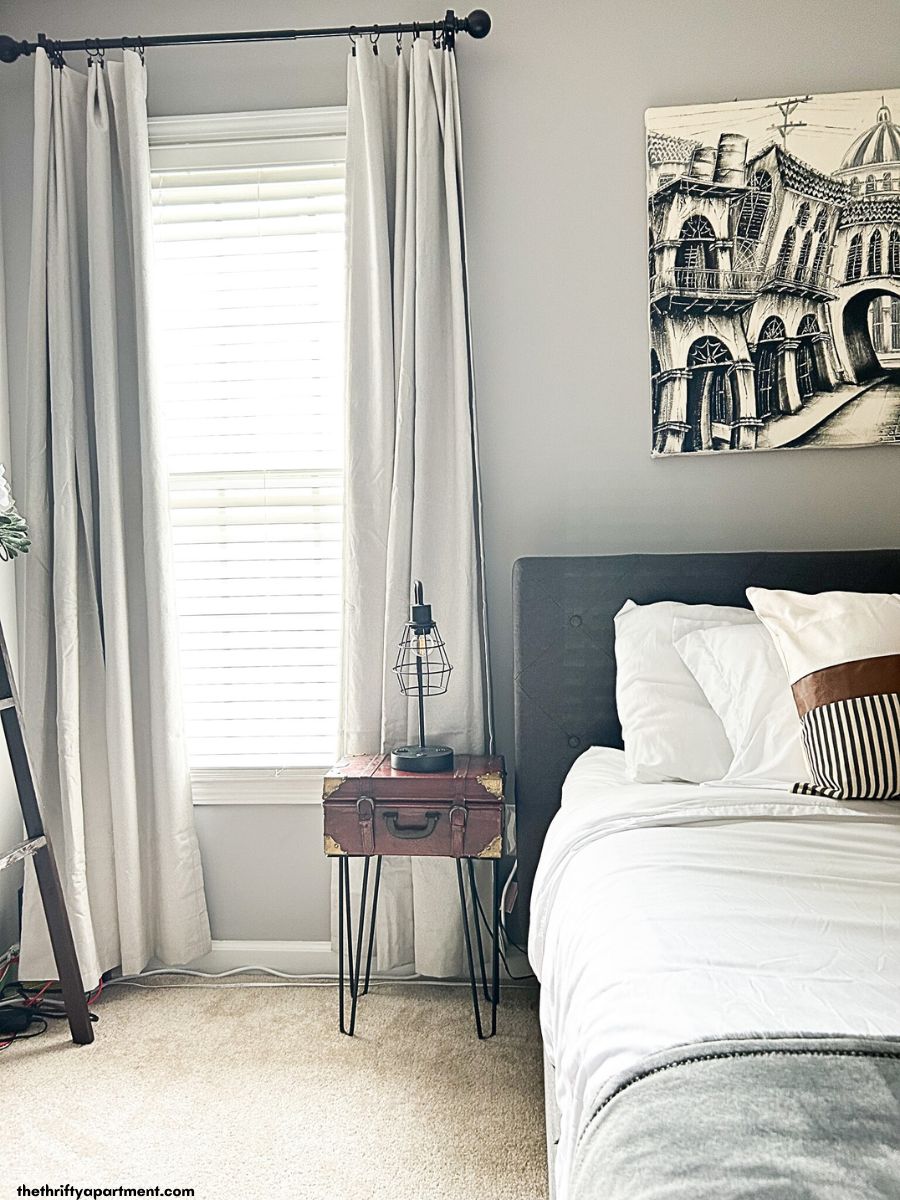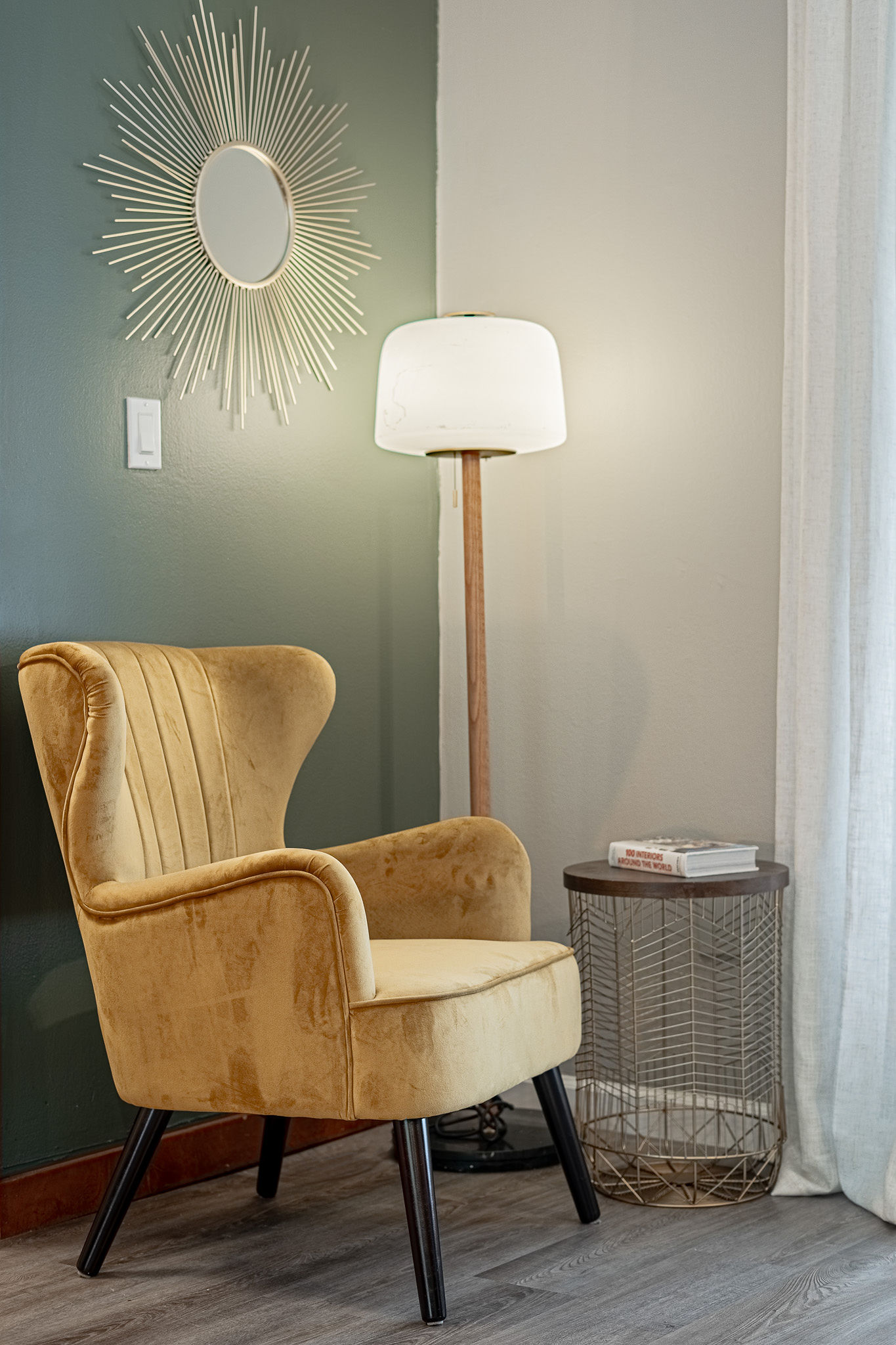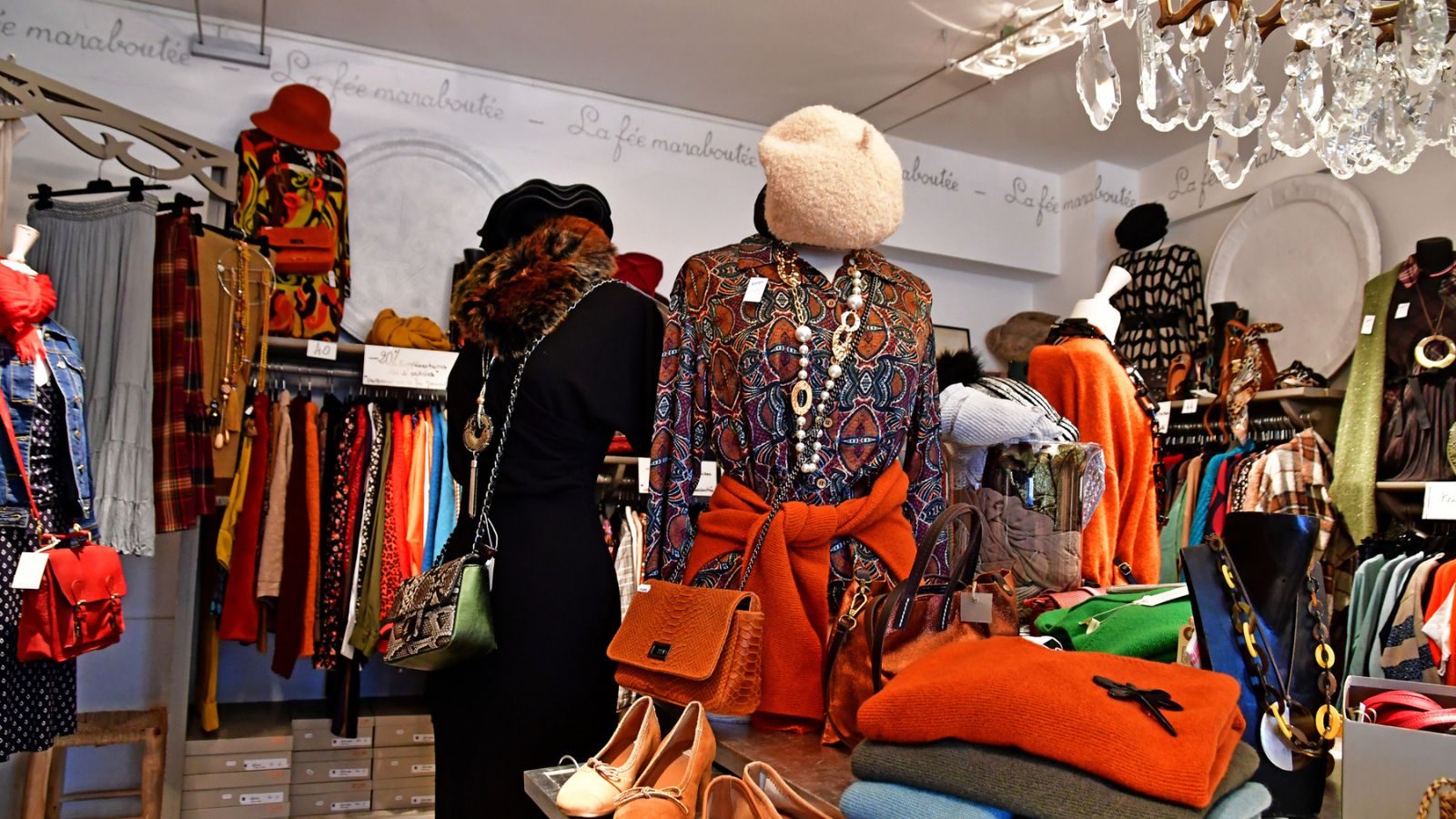This post may contain affiliate links.
Chances are, your closet is full of clothes that you don’t wear much – if not at all. If that applies to you, it may be a good idea to clean out your closet and make some extra cash from the things you no longer need or desire.
Thankfully, selling your old clothes online is now really easy, thanks to websites and apps that let you sell from home.
Selling pre-loved clothes online lines your pockets and aligns with a more eco-conscious lifestyle. The truth is that most used clothing ends up in landfills, contributing to detrimental environmental consequences such as water and air pollution.
By putting your used clothes up for sale, you’re taking a proactive step towards sustainability while earning extra bucks.
Whether you’re on a mission to declutter your living space or simply seeking a side gig, here are the best places to sell your used clothes.
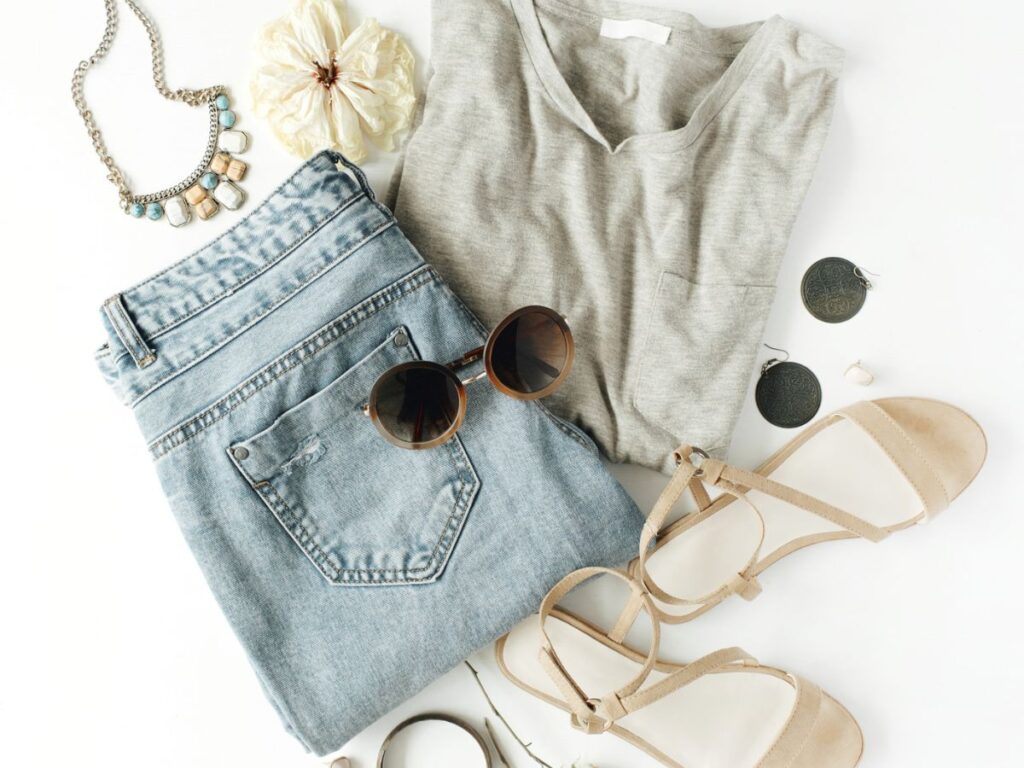
This post may contain affiliate links, which means I will earn a small commission if you purchase through my link. Please see the full disclosure and privacy policy for more information.
1. Poshmark
There’s no way to start this list off without first discussing Poshmark. Poshmark is one of the largest online thrift retailers and social marketplaces.
This giant thrift store is the place where fashion enthusiasts unite to indulge in the art of buying and selling pre-loved items.
You can sell all types of secondhand styles on Poshmark. You can sell everything from women’s clothing to men’s footwear and pet attire.
The fees for selling your items will vary based on the sale amount. For sales under $15, there’s a flat fee of $2.95. If the sale costs $15 or more, the fee is 20% of the listing price. Poshmark handles all the financial transaction fees and supplies a prepaid shipping label.
2. The RealReal
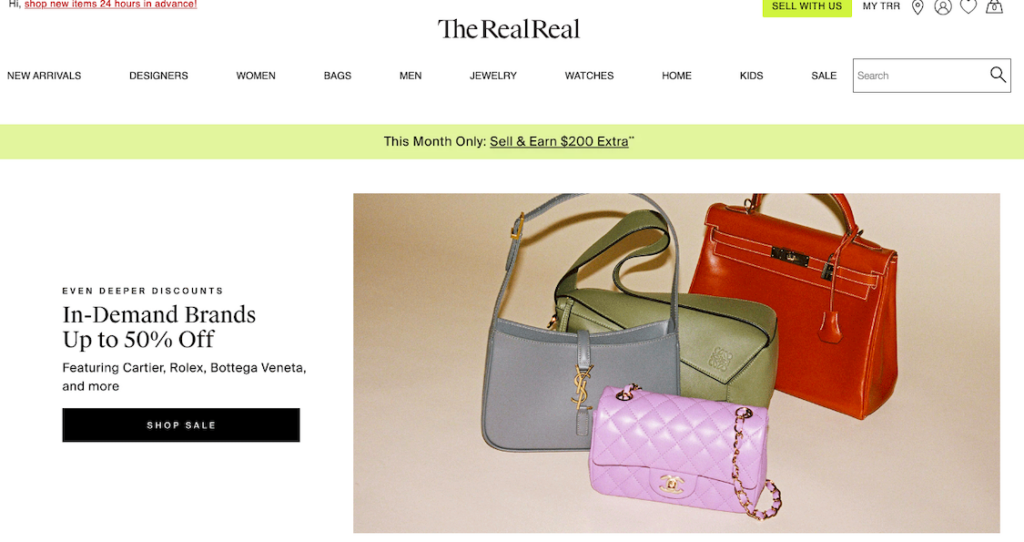
The RealReal is an online thrift store dedicated to authentic luxury clothing and styles. They pride themselves on being the “world’s largest and most trusted resource for authenticated luxury resale.”
Their high-end fashion, accessories, and jewelry selection is unmatched and has been meticulously examined for authenticity and quality.
The Real Real is perfect for designer items like Prada, Fendi, Chanel, or Louis Vuitton.
You’ve got a few options for selling with the Real Real. If you’ve got ten or more items from brands they already carry, you can schedule an at-home pickup (available in specific locations). Alternatively, you can ship your items to them for free.
Another choice is to visit one of their retail locations where you can talk directly with experts about selling and your items’ value.
After they get your items, they’ll take care of everything – authenticating, photographing, pricing, and adding them to your profile. This process generally takes about 10-15 days.
3. ThredUp
Thredup makes it super easy to get rid of items in your closet. Their motto, “Thrift more, waste less,” promotes their belief in a sustainable fashion future and the power to create change.
Thredup believes it is all about shopping with intention, rejecting throwaway fashion culture, and standing for sustainability.
Their motto has propelled them to be one of the largest online platforms for secondhand apparel for mainly women and kids, with over 55K brands and up to 90% off the original retail value.
All you have to do to sell on their platform is gather up those gently used items you’re no longer wearing, needing, or loving and pack them into a box or bag.
When you’re ready, slap the provided shipping label on that container and drop it off with FedEx or USPS. From there, the heavy lifting is on them.
They’ll put your items through a thorough 12-point inspection, and anything that meets their quality standards will be snapped, listed, and sent off to the eager thrifters out there – all for free.
4. Curtsy
Curtsy takes thrifting fashion to the forefront, connecting countless women across the US and empowering them to resell and shop for apparel and more, thus monetizing their closets.
Curtsy welcomes a wide range of women’s clothing in various conditions ranging from new, like-new, or excellent. You can sell used clothing, handbags, jewelry, shoes, belts, gloves/mittens, hats, sunglasses, watches, and scarves.
Selling with Curtsy is designed to be incredibly simple. Crafting a listing doesn’t take much time. You will upload some pictures, provide a description, and set your price. They will even offer a suggested price to keep things easy.
Once your items find their new owners, we’ll email you a prepaid shipping label that works with any basic box or envelope.
After the post office scans the tracking, we’ll funnel your earnings into your Curtsy Wallet. Then, it’s up to you – you can transfer your funds instantly to your debit card or bank.
5. Depop

Depop is where millions of thrifters express their style and explore culture. Originally linked with Etsy, this online secondhand store has become a major player in buying and selling used items.
It offers over 30 million items for sale, with 140,000 new listings added daily, ranging from vintage finds to streetwear and unique pieces.
Getting started is simple – create an account to begin selling. Upload up to four photos of your item, write a description, set the price, and receive quick payment once it sells.
Buyers can rate your reliability by leaving reviews. The website and app are user-friendly and worth checking out.
6. Vinted
The Vinted community boasts more than 75 million members who appreciate the value of extending the lifespan of good clothes through second-hand purchases.
On Vinted, you can sell a variety of items. The website’s user-friendly design simplifies the selling process.
Here’s how it works: Download the free Vinted app, take photos of your item, describe it, set your price, and upload. Once your item sells, pack it, print the prepaid shipping label, and drop it off within five days.
The best part? They don’t charge selling fees, so your earnings are yours. You’ll receive your payment once the buyer confirms their satisfaction.
For those seeking quicker sales, there’s a handy feature called Item Bump. It’s a paid option that boosts the visibility of individual items in your closet.
By bumping an item, it gets more prominence in members’ Newsfeeds and search results for 3 or 7 consecutive days or until it’s sold.
7. Mercari
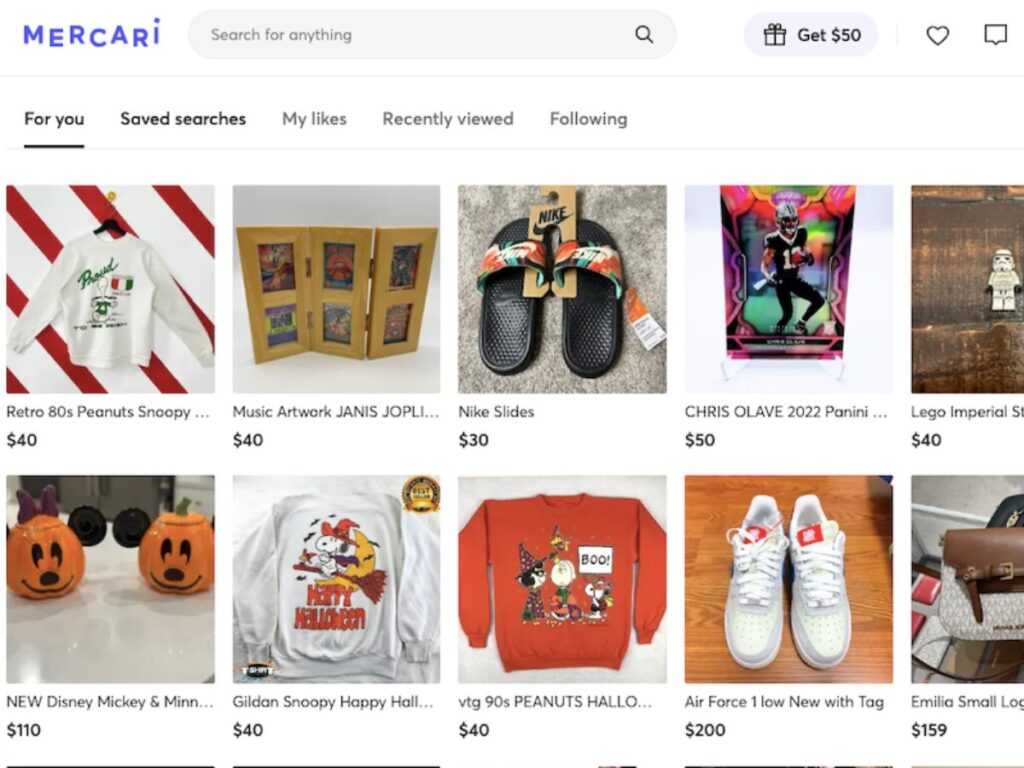
Mercari’s platform is versatile – you can list a wide range of items, from gently used clothing to shoes and various accessories. The process is straightforward: capture a few photos of your item, provide a description, choose your price, and hit publish.
When your item finds its buyer, they’ll email you a printable shipping label. Notably, they only deduct a fee from your sale once the transaction is complete.
Get up to $30 when you shop on their site. Click here to sign up with my link
8. Luxury Garage Sale
Buy, Love, Sell, Repeat is Luxury Garage Sale’s motto. They pride themselves on being the premier marketplace to buy and sell authentic preowned luxury brands.
Got designer pieces from big names like Chanel, Louis Vuitton, Gucci, Hermes, and Christian Louboutin? This is your go-to selling spot.
They welcome women’s luxury items – new, pre-owned, or vintage – including designer handbags, clothing, shoes, jewelry, and accessories, all in solid to pristine condition.
Their service is all about ease. You’ll receive pre-paid shipping labels, so sending items their way is a breeze. Their crew thoroughly checks and authenticates items before presenting a buyout offer. Plus, they offer cash upfront for luxury items that get the green light. No fuss, just smooth selling.
Visit the Luxury Garage Sale Website
9. Etsy
Etsy is a well-regarded platform for trading handmade and vintage items. If you have unique, handcrafted, or vintage products, Etsy can be a suitable way to target a specific audience.
The platform comes with existing traffic and allows you to personalize your listings in various ways.
10. Vestiaire Collective
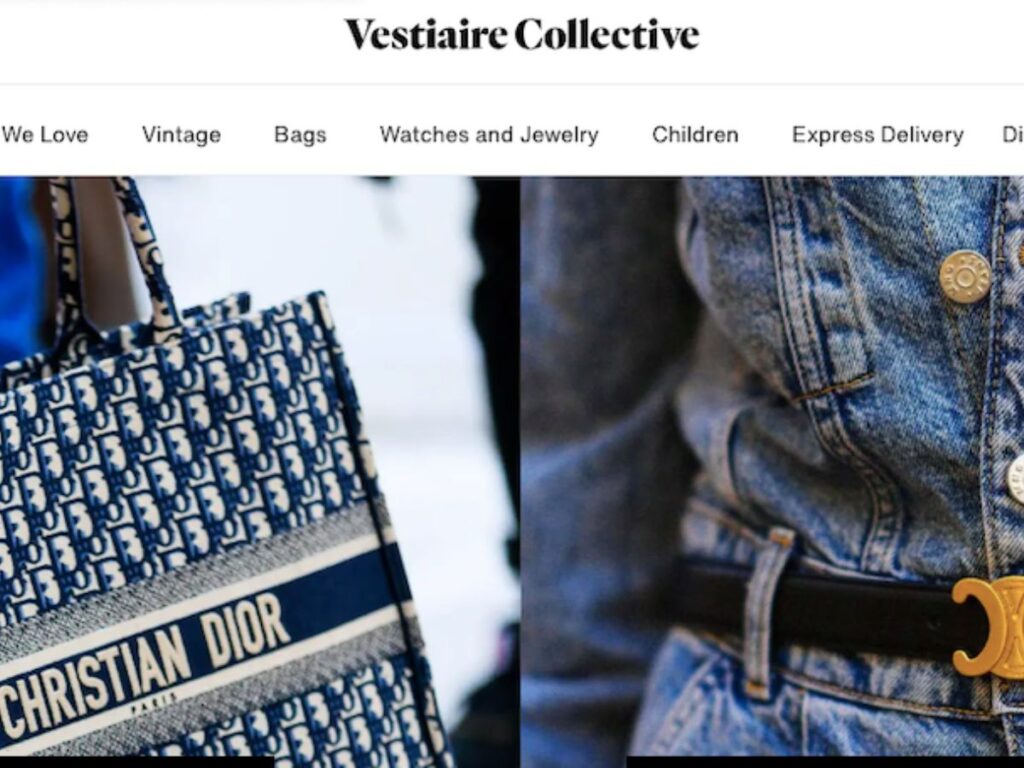
Vestiaire Collective is committed to promoting a more sustainable future for fashion without compromising style. This secondhand online shop offers a platform for buying and selling designer fashion, connecting millions of fashion enthusiasts worldwide.
With a vast pre-loved luxury and high-end fashion collection, including over 35,000 pre-owned items added daily, you can explore clothing, accessories, and jewelry from renowned brands.
When selling, the ball’s in your court – snap photos, craft detailed descriptions, and set your prices. But what truly distinguishes Vestiaire Collective is its unwavering commitment to authenticity.
Every item undergoes a rigorous authentication procedure, guaranteeing you a platform to sell and showcase bona fide, top-notch pieces confidently.
Visit Vestiaire Collective Website
11. Kidizen
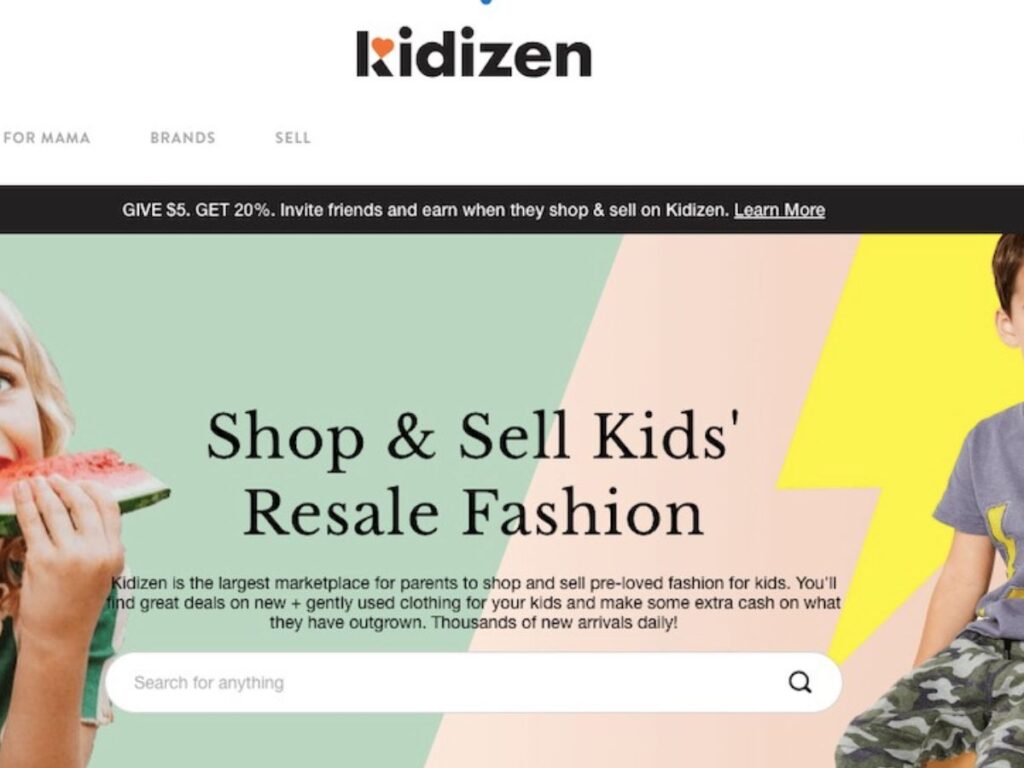
Kidizen takes the lead as a highly rated kids’ clothing app, offering a straightforward way to sell your children’s clothing.
It is the largest marketplace for parents aiming to part with gently worn fashion items for kids. This means you can sell both new and slightly used clothing from your children’s wardrobe, giving their outgrown clothes a new purpose and earning you some extra money.
When it comes to selling, you have two paths to choose from. You can independently list your products or collaborate with their personal sellers, the Style Scouts.
They assist in selling your outgrown kids’ clothes, ensuring you get compensated. Kidizen applies a 12% + $0.50 marketplace fee to transactions after a listing successfully sells.
12. eBay

eBay stands strong as a leading player in the online marketplace, widely recognized for its distinctive auction-style selling model.
You can sell almost anything on eBay; virtually all brands have a place. You’re welcome to list new or used items, and you’ll only pay a final value fee when your item successfully sells. This typically amounts to around 10-15% of the final sale price.
As a perk, your first 250 listings each month come at no charge, and beyond that, there’s a nominal $0.35 insertion fee per listing.
Selling your clothes or any item is a breeze. Begin by setting up an eBay account, then post a photo and description of your item.
Decide on a starting price and watch as potential buyers place bids. Alternatively, you can opt for the Buy Now feature to sell your item at a fixed price.
13. Grailed
Grailed offers a practical platform for buying, selling, and exploring genuine pieces from well-known brands worldwide.
It’s your destination for men’s and women’s fashion, covering everything from streetwear to high-end luxury labels. Grailed provides a marketplace with a wide range of new and used clothing you won’t find elsewhere.
When you sell on Grailed, there’s a 9% commission fee for each sale. You’ll also encounter a payment processing fee for transactions completed using Grailed Payments or PayPal.
14. Facebook Marketplace
Facebook Marketplace is a popular choice for selling used clothing. Their marketplace allows you to easily list your item and find a buyer.
It is a very popular platform and one of the most used for selling unwanted items.
15. Local Thrift Shops
Another avenue to explore is selling your used clothing at a local thrift store or consignment shop. Often, they’ll provide you with choices: an immediate cash offer or the opportunity to consign your item, allowing you to earn a percentage once it sells.
Related post: Best Atlanta Thrift Stores
Choosing the Right Platform to Sell Used Clothes Online
When you’re looking to sell your unwanted clothes online, it’s important to recognize that not all platforms offer the same level of service.
Some handle everything for you, while others require you to take photos and provide detailed descriptions of your items. If you’re aiming for the best possible price, understanding the ins and outs of the trade becomes vital.
Selecting the ideal platform to sell your used clothes hinges on what you have to offer and your preferences for selling those items. Here are a few other factors to consider when making your choice:
Audience – You’ll want to choose a platform that will ensure you reach a large audience of potential buyers. Having your listing in front of the right buyers will ensure it gets sold at a reasonable retail price.
Ease of Use – You’ll also want to consider the ease of use of each platform. Some platforms are more intuitive and easy to use than others.
Fees – You’ll want to consider the commission fee associated with each platform. Some platforms are free to use. Other platforms take a commission on each sale. You must factor these things in when deciding on a platform.
Tips for Selling Clothes Online
Price it Right
When selling online, you want to set a fair retail price to guarantee your item gets sold. However, you want to ensure that you are pricing it to maximize your profitability.
Do some research before selling to see what similar items are going for. This will give you an idea of what price range to aim for. Compare the condition and age of your item before settling on a final price.
Factor in Fees
Taking into account any fees is essential when calculating your product’s overall cost and potential profitability. Remember to consider various fees like commissions, platform charges, shipping costs, and packaging expenses.
Provide a Detailed Product Description
Write a compelling listing that will provide as many details as possible about the product so buyers can decide. You must include the item’s condition, measurements, and other relevant details.
Be sure to highlight any abnormalities or unique features of your clothes that will make them stand out to potential buyers. Try to be as honest and transparent as possible.
Take Good Photos
Buyers want to see what the item looks like from all angles. They want to ensure it is in good condition and worthy of purchase. Photos help them to see the product before moving forward. Having quality photos of your product is extremely important in selling.
Be Responsive
When a potential buyer reaches out to you, make sure that you respond quickly to their questions. Response and response time are extremely important when selling a product.
Clean it
Before listing, give your items a thorough cleaning. This means ensuring your clothes are free from stains, holes, and wrinkles, and look as good as possible. Neglecting this step could result in buyer dissatisfaction if the item doesn’t match the listing.
Peek on the competition
Search the platform for the item you’re selling. This gives you an idea of how many similar items are for sale and the average listing price. Checking out the competition allows you to set the right price and effectively position your item.
I hope you have found the ultimate guide to the best places to sell used clothing helpful. Selling used clothing online can be quite lucrative, and with the right platform, you can reach a wide audience and maximize your profits.
Posts you might like:
- 12 Best Online Thrift Stores to Buy Home Decor on a Budget
- 15 Best Places to Sell Used Furniture Online
- 25 Online Thrift Stores for the Best Second-Hand Shopping
- 6 Home Decor Items to Purchase Used To Spruce Up Your Home
- 10 Items You Should Avoid Buying Used
Please comment below to let me know what you think of this article. Feel free to follow me on my social media pages – Pinterest and Instagram or subscribe to my mailing list for other design inspiration, DIY projects, and home decor ideas.
Tamara White is the creator and founder of The Thrifty Apartment, a home decor and DIY blog that focuses on affordable and budget-friendly home decorating ideas and projects. Tamara documents her home improvement journey, love of thrifting, tips for space optimization, and creating beautiful spaces.

